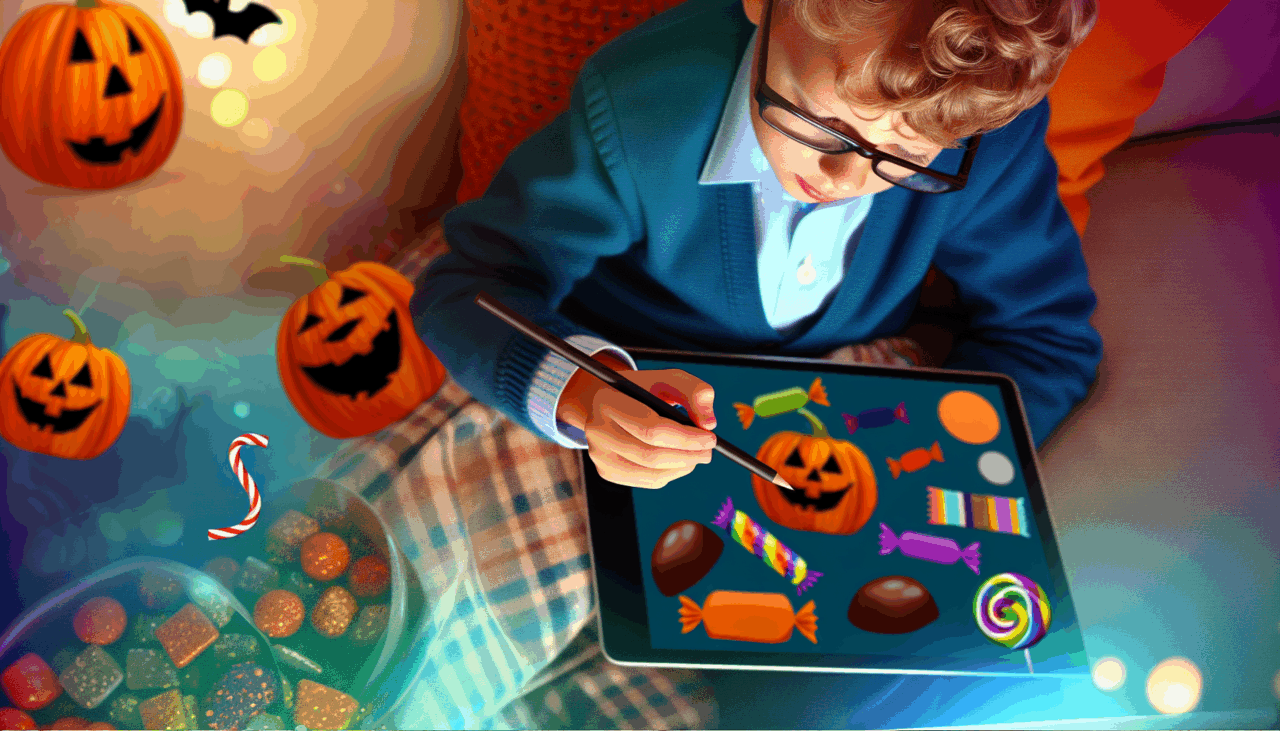The Growing Popularity of Halloween in Australia
In recent years, Halloween has become increasingly popular in Australia, with more families participating in the festivities of dressing up and trick-or-treating. This celebration often involves children consuming a significant amount of sugary treats, which can raise concerns about their impact on sleep.
The Impact of Sugary and Ultra-Processed Foods on Sleep
When children (and adults) consume sugary, ultra-processed treats, it leads to a rapid increase in blood sugar levels. This spike can result in a temporary boost of energy. However, the body quickly responds by releasing insulin to bring these levels back down, which can cause an energy slump about an hour after eating. This cycle can be even more pronounced with ultra-processed foods, such as many Halloween candies.
Despite the common belief, research indicates that the so-called “sugar rush” and its association with hyperactivity in children is largely a myth. The excitement and environment of Halloween activities are more likely to cause bursts of energy and playful chaos than the sugar itself.
The Role of Excitement and Routine Disruption
The thrill of Halloween, combined with the noise and adrenaline of trick-or-treating, can make it difficult for children to wind down. This excitement triggers the production of adrenaline and cortisol, hormones that keep the heart rate elevated and the mind alert, which is counterproductive to preparing for sleep.
Additionally, Halloween often results in later bedtimes and disrupted routines. Children are usually active and exposed to bright lights later than usual, which can delay the release of melatonin, the hormone that signals it’s time to sleep. This combination of excitement, irregular bedtime, and evening stimulation makes it challenging for children to settle down.
The Effects of Eating Sugary Treats Before Bedtime
Consuming sugary treats close to bedtime can further disrupt sleep. The rapid glucose spike can increase energy levels and interfere with natural sleepiness. As blood sugar levels drop sharply again, children might wake up during the night. Ultra-processed foods can also raise core body temperature and increase metabolic activity, disrupting the body’s natural wind-down routines before sleep.
Moreover, these foods can lead to dehydration, as the body requires more water to process the excess sugar, causing children to drink more water before bed and potentially wake up to use the bathroom during the night. Some Halloween treats, like chocolate, contain small amounts of caffeine, which can increase alertness and further complicate sleep if consumed shortly before bedtime.
Strategies for a Restful Night’s Sleep
Fortunately, there are strategies to help children enjoy their Halloween treats without turning bedtime into a nightmare. Understanding the importance of timing and maintaining routines can allow kids to partake in the celebrations while still getting a good night’s sleep. This, in turn, increases the likelihood of a restful night for parents as well.
By timing the consumption of treats earlier in the evening and sticking to regular bedtime routines, parents can help mitigate the potential negative effects of Halloween festivities on sleep quality and duration.
🔗 **Fuente:** https://medicalxpress.com/news/2025-10-halloween-hype-kids-good-night.html

